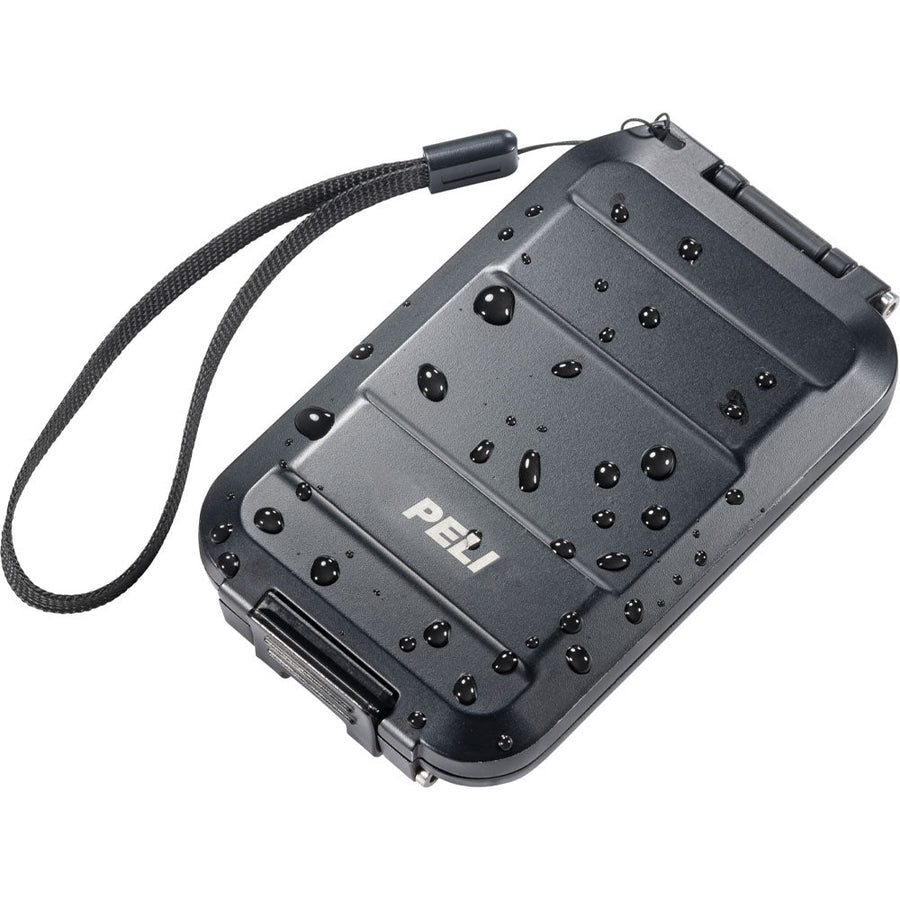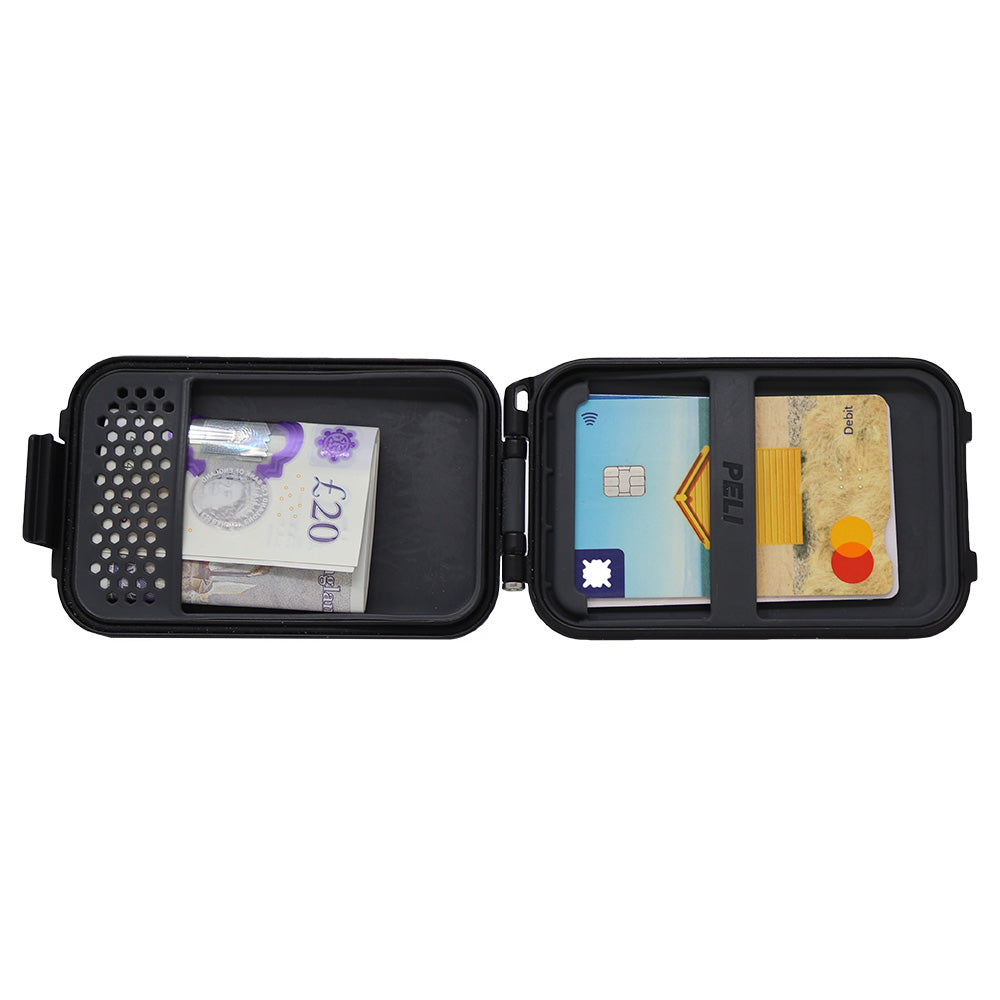An Interview With Heather Angel, Wildlife Photographer
With a career spanning four decades, wildlife photography specialist, Heather Angel, has kindly agreed to be interviewed to tell us more about the way she captures the natural world in all its glory.
Heather’s body of work covers a wide variety of different subjects, from leaping leopards to panda’s frolicking in the snow.
Communicating her love for nature via talks, workshops, exhibitions and writing, Heather has written 60 books on the subject of wildlife photography, making her one of the leading experts in this genre.
Examples of Heather’s work can be found on her wildlife photography blog, where she writes about this photography niche at length.
During the interview, we spoke to Heather in detail about her career, her preferred equipment and the advice she would pass on to budding wildlife photographers.

Why did you choose to become a photographer?
I had no ambition to be a photographer, but had always loved learning about animals since a young child, so it was natural progression to study Zoology at University. After I graduated, I concentrated on marine biology.
Bored with my research one day, I wrote an article on sea anemones for a magazine called Animal Life, which published it. Several more articles were published and after we moved house, I couldn't find a job.
As my enthusiasm for photography increased, Martin suggested I had a go at being a freelance wildlife photographer. After my first book was published in 1972, I never looked back and had a steady demand for wildlife images, to write columns and then commissions rolled in.
What drew you to focus on wildlife photography as your niche?
My maternal grandmother taught me the names of wildflowers we found in the lanes near the Suffolk farm where my grandparents lived. My zoology degree introduced me to looking at the interaction of plants and animals as well as animal behaviour – not just simply portraits.
What equipment do you typically take with you on a shoot?
Usually all Nikon, but I also use a digital Hasselblad in the studio, but it usually depends on the location and target species.
For the last eight years I have been concentrating on close-up and macro shots relating to pollination. In 2015, my book Pollination Power was published by Kew Gardens, including images from focus stacks of the flower itself to action shots of insects feeding and showing where pollen pick-up occurs.
Equipment used for macro work on location - carried in car
- 2 Nikon bodies D4 and D800
- 105mm Micro-Nikkor (macro) lens
- 70-180mm zoom macro
- Ultra-macro Laowa 25mm lens (2.5 -5X magnification)
- Tripods
- Monopod
- SB 900 speedlights
- Diffuser for flash
- Twin macro speedlights
- Plamps
- Diffuser
- Reflector
- Focusing rail for taking focus stacks
- LED lights
- Fibre optics
- Different sized aquaria for aquatic organisms
- Collapsible table for macro field work set-up
When on a game drive in Africa I took:
- 2 Nikon bodies
- 500mm lens
- 200-400mm lens
- 105mm macro lens
- 24-120mm lens
- Tripod
- Bean bags
- Flash units
- Reflector
- Diffuser
You never know where a shoot might take you, so being prepared for all eventualities is key. Whatever the weather, keep your image storage safe from damage with a Peli waterproof memory card case.

Tell us about a shoot that you’re particularly proud of and why
Kodak calendar on The Thames 198
I was commissioned by Kodak (UK) to shoot their 1987 calendar - The Thames. For this, I had to include people and scenics as well as a few wildlife shots on the river. The art director was used to checking every shot by looking through the camera, so I had to explain that was not possible with wildlife shots, as I would miss the shot!
The British Council commissioned me to document the biodiversity of the Himalayas – in one month, which culminated in an exhibition in Delhi.
What words of wisdom would you give to budding photographers looking to focus on wildlife photography?
A love of wildlife and a realistic setting of goals and following them through is essential. Don't give up!
As well as stills, you might consider producing video clips of unusual animal behaviour which can be posted online and through social media, to alert organisations who might want to use them.
Why should budding photographers choose a career in wildlife photography?
Working in a healthier environment than inside an office 9-5 daily.
I get to see more of the world and help to make people aware of the vulnerability of rare and endangered species. Not to mention how man is polluting the planet.
The graphic images of plastic waste in David Attenborough's series Blue Planet have done more to alert people to this catastrophic environmental disaster.

What’s the most enjoyable part of being a wildlife photographer? What are the pitfalls?
I have seen so much more of the world – visiting every continent and China alone 32 times – than if I had remained a marine biologist. The downside is that you must be prepared to work in all weathers and there can be a lot of idle time sitting in hides waiting for the action to happen. This is where I started making notes for articles and books.
Working as a freelance photographer might appear very glamorous but you need to plan and research your objectives and locations so that you have a good chance of being in the right place at the right time. Luck also comes into the equation as well.
Then you have to discipline yourself to come back to base, do the bookkeeping and keep an eye on the cash flow.
Think laterally about ways you can earn money other than just taking pictures. I spent my first few years lecturing several evenings a week during the winter months to pay for my travel and photography - in those days, I had a considerable outlay on the development of films which no longer applies today.
How did you go about learning the skills you have as a wildlife photographer? Are they self taught or did you take part in a course?
Entirely self taught and have been teaching workshops and one-to-one tuitions for several decades - especially macro workshops in recent years.

Which wildlife subjects do you enjoy photographing the most and why?
I have spent more time and money photographing giant pandas in China in all the seasons than any other animal. This has resulted in the three books I wrote on pandas and many articles. My shot of a panda sliding down a snow-covered bank is my best-selling picture of all time.
Since 2010 I have concentrated on taking pollinators to show whereabouts on their body pollen is picked up, as well as doing focus stacks of three-dimensional flowers they visit. So, most of this is working with macro lenses, but when I go abroad to look for the bird pollinators, I take longer lenses.
After five years work at Kew Gardens and around the world, Kew published my book, Pollination Power. Research, together with my own field observations, has resulted in me capturing unique shots of pollinators in action – including some in mid-winter, when nobody believed there were any!
What are the biggest challenges that wildlife photographers face?
Because the world is awash with digital wildlife images, the fees for selling stock pictures have plummeted since the 1980s and early 90s. You can always sell pictures with good copy - whether it be extended captions, an article or a book. However, photographers are generally reluctant writers! You need to come up with an original concept for taking well-known animals or getting unique images / video of a rare animal.
Having said that, if you make contact with a regional paper/magazine, you may be able to contribute a regular feature to them and this would not involve a great deal of travel.
Utilise downtime efficiently. Many of my 60 books have been written in longhand during the downtime on trains, planes and ships. They were then typed up by my staff - now I use voice recognition software.
Thank you to Heather for providing us with such an interesting and in-depth insight into what it is like working as a wildlife photographer.
Whatever genre of photography piques your interest, protecting your delicate and expensive photography equipment should be one of the first tasks on the list. Invest in a quality protective camera case to keep everything safe from damage, wherever your photography takes you.







Leave a comment